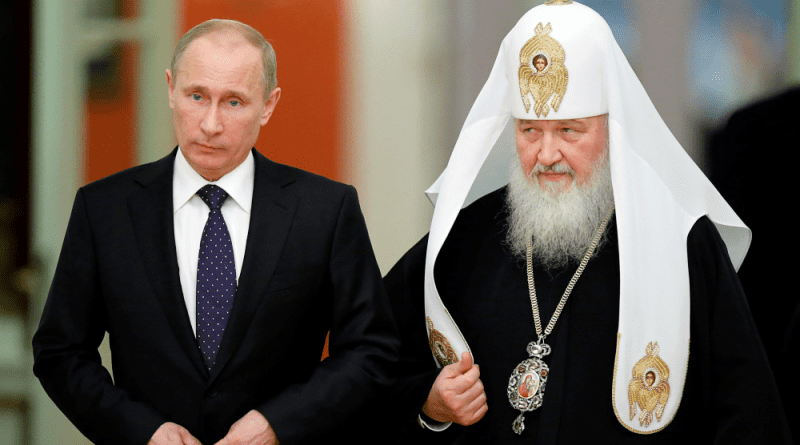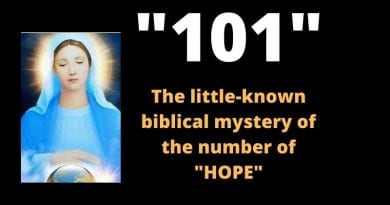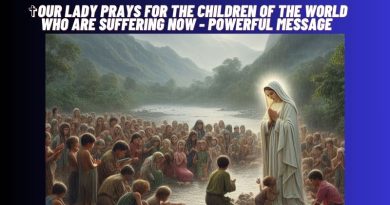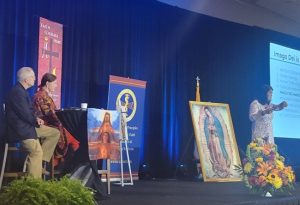Is Putin the Protector of Christianity in Syria and the Middle East, Perhaps the World? Washington Post’s unintented thank you to Putin…
The Post’s Amie Ferris-Rotman explains why Russia’s backing of Syrian President Bashar al-Assad in the civil war is deeply rooted in Russia’s ties to the church.
Source https://thebulletin.org/2019/06/blessing-the-holy-icbms-the-russian-orthodox-church-and-putin/
Russian Nuclear Orthodoxy: Religion, Politics, and Strategy (Stanford University Press, 2019) by Dmitry Adamsky, a professor at the Interdisciplinary Center Herzliya university in Israel, is a penetrating analysis of the growing influence of the Russian Orthodox Church in Russia’s nuclear world—both in the military and the scientific communities. This excellent scholarly work is well-researched and extensively documented. It shows how the Russian Orthodox Church has penetrated and integrated itself into the Russian Armed Forces and even some of the closed nuclear cities—to the point where priests bless new nuclear missiles. Indeed, to some extent, Russian Orthodox priests have taken over the role formerly held by political officers during the Communist period: They keep an eye on the spiritual purity of the troops, glorify the military, and ensure the reliability of the soldiers during combat.
In some ways, the priests even go beyond the old Soviet military kommissars, reassuring recruits that there is nothing immoral about following orders to launch nuclear missiles and protect the sacred motherland. (Ironically, some nuclear weapons research and development sites were built on holy land confiscated by revolutionary Russia from the church.)
Clearly, throughout much of Russian history, the relationship between the Russian Orthodox Church and the Russian state has been close but not always amicable. The state has usually been the dominant partner, but there have been instances in the past when the Russian Orthodox Church challenged the state and significantly influenced state policy. Czar Ivan the Terrible’s very tumultuous relations with the Russian Orthodox Church had a substantial impact on the course of Russian history—as did, much later, the bizarre influence of the errant monk Rasputin on Emperor Nicholas II’s wife Alexandra, and consequently on the Emperor himself. Under Emperor Nicholas I in the early 19th century, the symbiotic relationship between church and state reached new heights. Church-state relations reached their lowest point following the Bolshevik Revolution and the establishment of an atheist state. During more than 70 years of Soviet rule, the Russian Orthodox Church barely survived.
How things have changed! Since the Soviet Union’s collapse, the church has been aggressively reasserting its authority and role in Russian society.
The state under Vladimir Putin has encouraged the rise of the Russian Orthodox Church but has drawn clear lines of authority to ensure that the church’s position in society does not exceed what is useful to the Kremlin and does not challenge state policies. Vladimir Putin has demonstrably identified his regime with the Russian Orthodox Church to such an extent that his policies appear to share certain features with Nicholas I’s doctrine of “Orthodoxy, Autocracy, and Nationality.” It would have been helpful if Adamsky had provided background to the important historical relationship between the Russian Orthodox Church and the Russian state so that the reader could better understand the context of Adamsky’s superb analysis and his extensive narrative of how “… a formerly outcast religion became supported by the state and wormed its way into the most significant wing of one of the most powerful military organizations in the world… within a very short span of time.”
Adamsky devotes much of his book to an explanation of the impact of religion on strategy in Russia. He explores what he calls “the unprecedented role of the Orthodox faith in Russian identity, politics, and national security” and focuses on the bond that has emerged between the Kremlin, the Russian Orthodox Church, and the nuclear weapons community. As for the development of nuclear doctrine and policy, the author maintains that the state retains its monopoly of authority in this area. The church remains supportive of the Kremlin’s nuclear use policy, arms control stance, and weapons acquisition programs; it does not voice a separate position on these issues. Nor does it engage—like many Western churches—in discussions of theoretical and strategic-operational issues regarding nuclear weapons.





